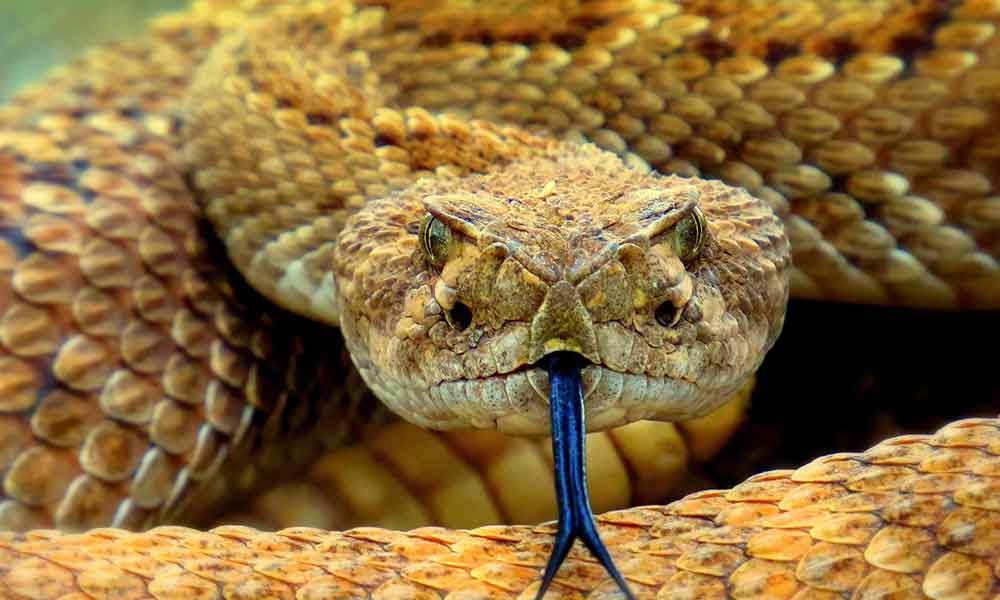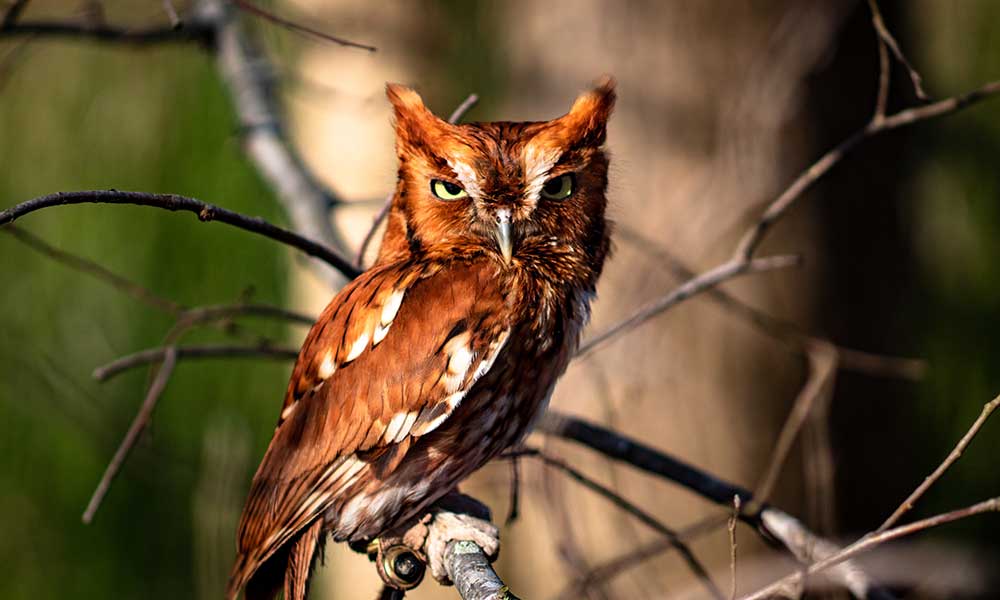You can find foxes on every continent, and these span a number of species and subspecies. We only have a handful of them in North America, but they are fascinating creatures that you could encounter in your yard or on the trail, so it’s worth learning more about them.
What are Foxes?
Foxes are omnivorous mammals that span multiple genera in the Canidae family, putting them in the same family as dogs, wolves, and coyotes.
Some of the genera categorized as “foxes” include:
Canis
The Canis species includes many dogs and wolves, as well as the Ethiopian wolf, which is also known as the Simien fox.
Cerdocyon
The crab-eating fox, also known as the wood fox or forest fox, is the only member of this species.
Dusicyon
Dusicyon is an extinct fox species that included the Falklands Island fox.
Urocyon
This genus of fox includes the island fox and the gray fox, both found in the Western hemisphere.
Lycalopex
A genus of South American foxes that includes the Andean fox, South American gray fox, and Pampas fox.
Otocyon
The bat-eared fox, which lives on the African Savannah, is the only living fox species in the Otocyon genus.
Vulpes
The genus Vulpes is the most commonly associated with these creatures and that’s why members of the Vulpes species are known as “true foxes”.
Members of this genus include the fennec fox, red fox, arctic fox, and kits fox.
What Are the Types of Foxes in North America?
There are several types of foxes in North America, and close to three dozen species worldwide. The ones that currently reside in the United States, Canada, and Mexico include:
The American Red Fox (Vulpes vulpes fulva)
The American red fox (vulpes vulpes fulva) is a subspecies of the red fox (vulpes vulpes) that lives in North America. It is the largest of all the “true foxes” (more on those below) and while they are related to the red foxes found in the Old World, they are thought to have been genetically isolated for over 400,000 years.
American red foxes are mainly carnivorous and eat small mammals and birds. They are also opportunistic, and when meat supplies are scarce they feast on berries, fruits, insects, and plants.
The Arctic Fox (Vulpes lagopus)
The Arctic fox has adapted to cold weather and inhabits the Arctic circle. Also known as the snow fox, white fox, or polar fox, this creature has a more rounded shape than its vulpine cousins and feeds on mammals such as voles and lemmings, as well as fish, waterfowl, seabirds, and seal pups.
The arctic fox is not at the top of the food chain though and is preyed on by polar bears, golden eagles, wolves, and grizzly bears.
In North America, arctic foxes can be found in parts of Alaska and Canada.
The Swift Fox (Vulpes velox)
The swift fox is a small fox with orange and tan markings. It’s about the same size as a cat or small dog and lives in the grasslands of North America, covering states like Alberta and Manitoba in Canada, and Montana, Colorado, and Kansas in North America.
At one point, swift foxes were considered endangered. They were hunted extensively in the 1930s, mainly as part of programs designed to reduce the number of predators like coyotes and gray wolves. These days, however, their numbers are relatively strong and they are considered to be of “least concern”.
The Gray Fox (Urocuon ceneroargenteus)
The gray fox comes from the Canidae family, which means it is closely related to dogs and wolves. It exists throughout North and Central America and usually weighs about 10 lbs., with some growing as big as 20 lbs.
The gray fox can scamper up trees using its strong claws and this helps it to escape common predators, including coyotes and domestic dogs.
Gray foxes feed on rabbits (including the Eastern cottontail), as well as birds, voles, and shrews. In some parts of the United States, gray foxes are known to eat insects and plants when meat supplies are low.
The Kit Fox (Vulpes macrotis)
The kit fox lives in semi-arid parts of North America, including parts of Mexico and the southwestern United States. They are the smallest of all fox species in the Vulpes genus and subspecies include the endangered San Joaquin kit fox.
Kit foxes are scavengers and omnivores. They eat rats, insects, rabbits, reptiles, and carrion, as well as some plant materials.
What are the 12 Types of True Foxes?
True foxes come from the genus Vulpes. They form a clade, which means they are a natural group with a common ancestor.
Vulpes can live for up to a decade but typically survive for no more than four years in the wild. There are a total of 12 “true foxes”, a few of which can be found in North America (red fox, arctic fox, swift fox, and kit fox).
The other true foxes are as follows:
- Bengal Fox (Vulpes bengalensis): Bengal foxes live on the Indian subcontinent and are also known as Indian foxes.
- Blanford’s Fox (Vulpes cana): These foxes live across the middle east and parts of North Africa.
- Cape Fox (Vulpes chama): Cape foxes live in southern Africa, including South Africa and Botswana.
- Corsac Fox (Vulpes corsac): A Central Asian fox.
- Tibetan Sand Fox (Vulpes ferrilata): As the name suggests, this fox species lives in Tibet, as well as parts of China, India, Nepal, and Bhutan.
- Pale Fox (Vulpes pallida): Known for its pale coloration, this fox species lives in arid parts of Africa.
- Ruppell’s Fox (Vulpes rueppellii): North African foxes that also live in the Middle East.
- Fennec Fox (Vulpes zerda): A large-eared fox that lives in North Africa.
What is the Most Common Fox in the United States?
The gray fox was once the most common in the USA, but deforestation and human development greatly reduced its numbers. Today, American red foxes are the most common fox species in the United States.
What is the Rarest Fox Species?
The Sierra Nevada red fox (Vulpes vulpes necator) is one of the rarest foxes in the world and is easily the rarest fox species in North America. It is a subspecies of the American red fox and it was added to the Endangered Species Act in 2021.
What’s the Difference Between a Gray Fox and a Red Fox?
An American red fox is larger than a gray fox, but the two also have distinctive coloration that makes it fairly easy to tell them apart.
Gray foxes have black-tipped tails and a gray coloration; red foxes have white-tipped tails and appear more red/golden.







